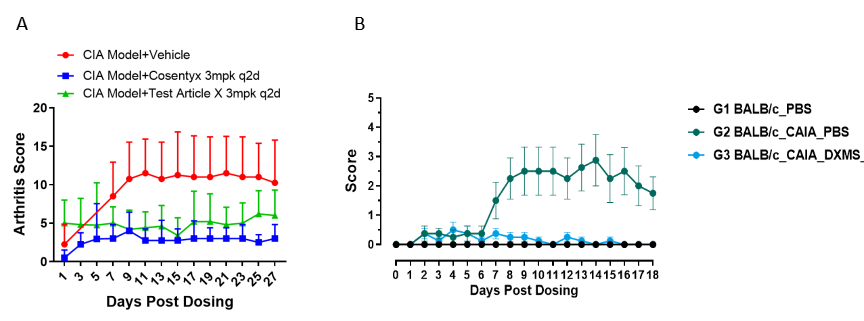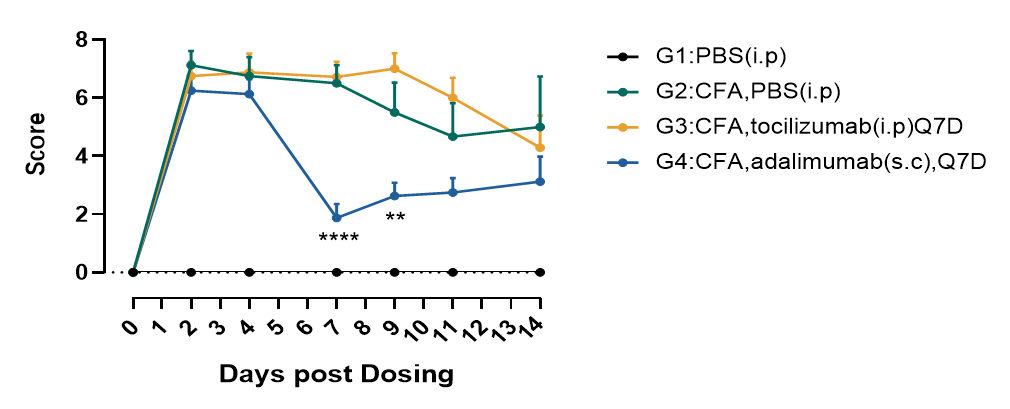Your Joints Age Before Your Body Does. Arthritis is one of the most common chronic joint diseases and the third-largest cause of disability in the world. October 12th is “World Arthritis Day”, a day aimed at reminding people to prevent, diagnose, and treat arthritis early to prevent disability. There are many types of arthritis, with Rheumatoid Arthritis (RA) being one of the most common chronic joint diseases in clinical practice. It is an incurable systemic autoimmune disease. RA primarily affects small joints and manifests as joint inflammation, swelling, fever, pain, and stiffness. In addition to joint symptoms, rheumatoid nodules around or inside the joints can also occur, along with potential complications in the heart, lungs, eyes, kidneys, peripheral nerves, and other organs.
Currently, in the treatment of RA, in addition to traditional slow-acting anti-rheumatic drugs such as methotrexate, sulfasalazine, and leflunomide, various biologics and targeted drugs have become part of the treatment options. Biologics for treating RA mainly include tumor necrosis factor-alpha (TNF-α) inhibitors, interleukin-6 (IL-6) inhibitors, and T-cell co-stimulation signal inhibitors, among others. Targeted drugs include tofacitinib and baricitinib, among others. There are multiple medications available today to manage the condition of rheumatoid arthritis (RA). However, there is no one-size-fits-all approach, and there is a need for the development of more precise treatment options.
The development of medications often relies on the use of mouse models, and GemPharmatech has developed various mouse models specifically for RA, which can be applied in different research scenarios.

The CIA model (Collagen-Induced Arthritis) is a RA mouse model induced by immunizing mice with heterologous type II collagen. It can induce an autoimmune response in the mice against type II collagen found in joint cartilage. This model is MHC-related and is characterized mainly by T and B lymphocyte-mediated joint inflammation. It mimics physiological mechanisms such as antigen presentation, T and B cell activation, and complement pathway activation. It can be used for:
Evaluating drugs targeting T cells, such as TH17A inhibitors.
Evaluating drugs targeting B cells, such as BTK inhibitors.
Research on combination therapy with DMARDS.
Research on immune checkpoint agonists.
Interferon pathways, JAK inhibitors, and more.
The CAIA model (Collagen Antibody-Induced Arthritis) is a mouse model of RA induced by collagen antibodies. Disease onset in this model is not associated with T and B cells but rather with the activation of the complement pathway. It can be used for:
Evaluating the efficacy of small molecules targeting the complement pathway.
Investigating drugs targeting inflammatory factors such as IL-6 and IL-1β.
Studying interferon pathways and JAK inhibitors, among others.
The AIA model is a mouse model of RA induced in HSC-NCG-M mice using adjuvants. This model incorporates a human immune system, natural immunity and T-cell activation. It can be used for evaluating large molecule antibody drugs targeting the human immune system or T cells.
The SKG mouse model involves the mutation of the mouse Zap70 gene. This mutation results in spontaneous joint swelling in SKG mice, leading to the development of autoimmune arthritis similar to RA. The SKG mouse model has provided significant insights into the etiology and pathogenesis of human rheumatoid arthritis, offering valuable contributions to its study.
Partial data presentation
Using the CIA and CAIA models for drug efficacy evaluation.

Figure 1 A: Using the DBA-hIL17A-CIA mouse model to evaluate the efficacy of anti-IL-17A drugs.
B: Using the CAIA mouse model to evaluate the efficacy of dexamethasone.
AIA-immunocompromised mouse model

Figure 2: Compared to the G1 control group, the disease score significantly increased in the G2 model group, indicating successful modeling. When compared to the G2 disease model group, the G4 adalimumab group showed a significant reduction in RA score.
Resources for Humanized Mouse Models Relevant to RA
Target | Strain | Strain name |
IL17A | ||
IL17A | ||
CD22 | ||
CD22 | ||
IL-6 | ||
IL-6R | ||
C3 | ||
CD80 | ||
IL1B |
If you have any other target of interest, please feel free to inquire!
Care for your joints, cherish your knees, GemPharmatech is here to protect the joint health of RA patients together with you!
References:
[1] Ding, Q., et al., Signaling pathways in rheumatoid arthritis: implications for targeted therapy. Signal Transduct Target Ther, 2023. 8(1): p. 68.


